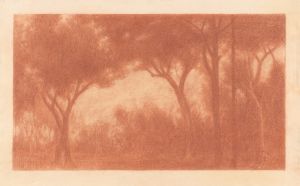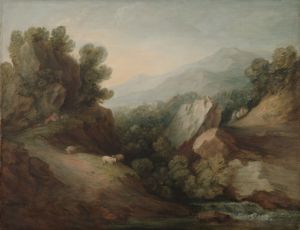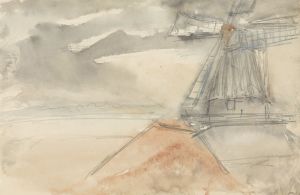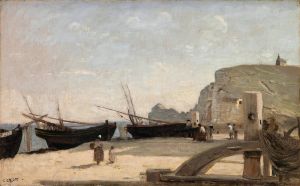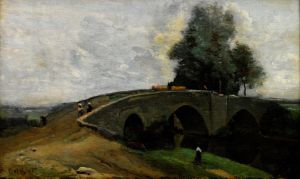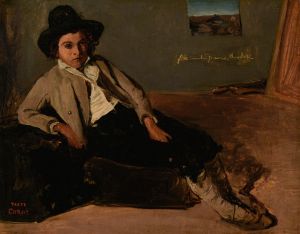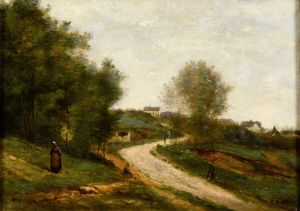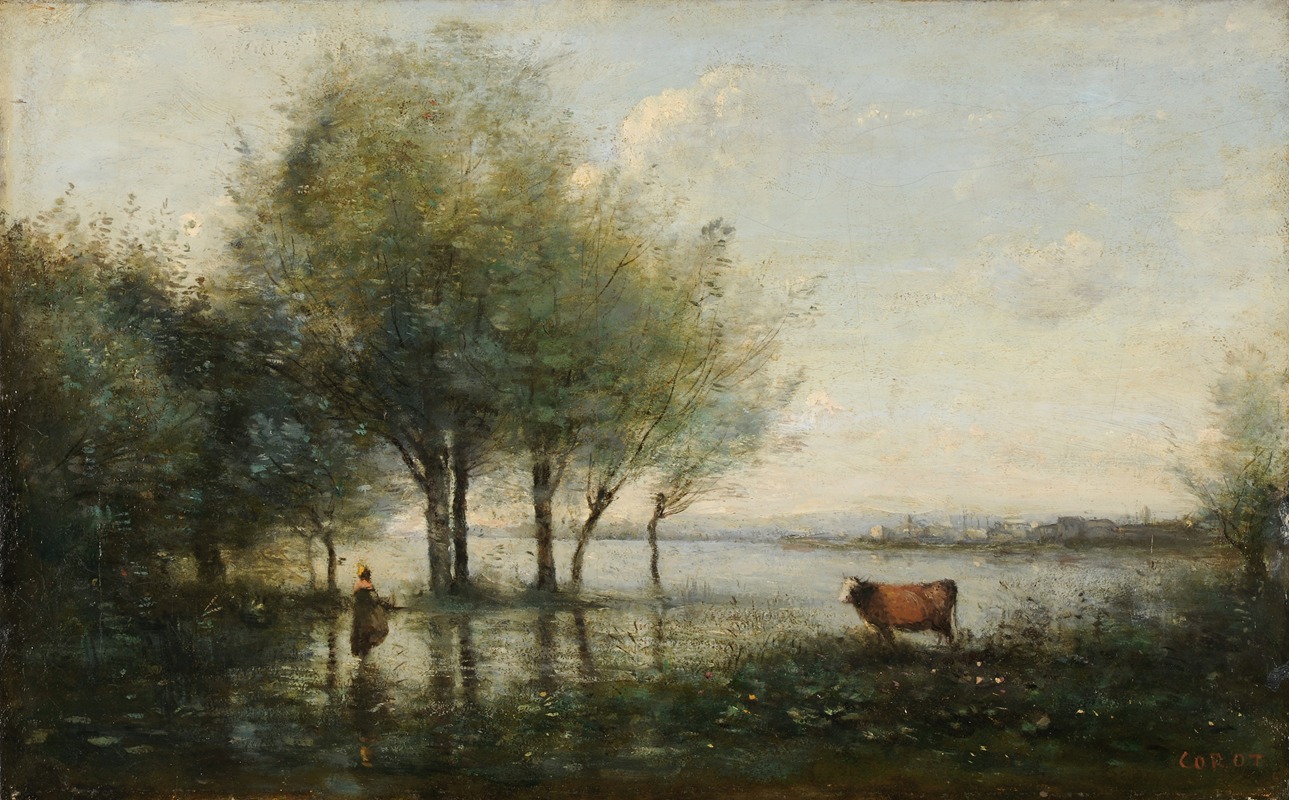
Le Marais
A hand-painted replica of Jean-Baptiste-Camille Corot’s masterpiece Le Marais, meticulously crafted by professional artists to capture the true essence of the original. Each piece is created with museum-quality canvas and rare mineral pigments, carefully painted by experienced artists with delicate brushstrokes and rich, layered colors to perfectly recreate the texture of the original artwork. Unlike machine-printed reproductions, this hand-painted version brings the painting to life, infused with the artist’s emotions and skill in every stroke. Whether for personal collection or home decoration, it instantly elevates the artistic atmosphere of any space.
Jean-Baptiste-Camille Corot was a prominent French landscape painter and a pivotal figure in the transition from traditional Neoclassical painting to the innovations of Impressionism. His work, "Le Marais," is one of the many paintings that exemplify his mastery in capturing the serene beauty of nature.
Corot was born in Paris in 1796 and began his artistic career relatively late, at the age of 26, after working in his family's textile business. He studied under Achille-Etna Michallon and Jean-Victor Bertin, both of whom were proponents of the Neoclassical tradition. However, Corot's style evolved as he became increasingly interested in painting en plein air, or outdoors, which allowed him to capture the transient effects of light and atmosphere directly from nature.
"Le Marais," which translates to "The Marsh," is a testament to Corot's ability to depict the tranquil and ethereal qualities of the natural world. While specific details about the painting's creation, such as its exact date, are not readily available, it is consistent with Corot's body of work from the mid-19th century. During this period, Corot often painted scenes of rural France, focusing on the interplay between light, water, and vegetation.
The composition of "Le Marais" is characterized by its soft, muted palette and delicate brushwork, which create a sense of calm and introspection. Corot's use of light is particularly noteworthy; he skillfully captures the way sunlight filters through the trees and reflects off the water, creating a harmonious balance between the various elements of the landscape. This approach to light and color would later influence the Impressionists, who admired Corot's ability to convey the mood and atmosphere of a scene.
Corot's landscapes often feature a sense of timelessness, and "Le Marais" is no exception. The painting invites viewers to contemplate the quiet beauty of nature, free from the distractions of modern life. This quality is enhanced by Corot's attention to detail and his ability to render the subtleties of the natural environment, from the texture of the foliage to the gentle ripples on the water's surface.
Throughout his career, Corot maintained a balance between his studio work and his outdoor studies, which allowed him to refine his technique and develop a unique style that bridged the gap between traditional and modern art. His influence extended beyond his own time, as he became a mentor to younger artists and a source of inspiration for the Impressionist movement.
In summary, "Le Marais" by Jean-Baptiste-Camille Corot is a quintessential example of the artist's skill in capturing the serene and contemplative aspects of the natural world. Through his masterful use of light, color, and composition, Corot created a work that continues to resonate with viewers and underscores his significant contribution to the evolution of landscape painting.





